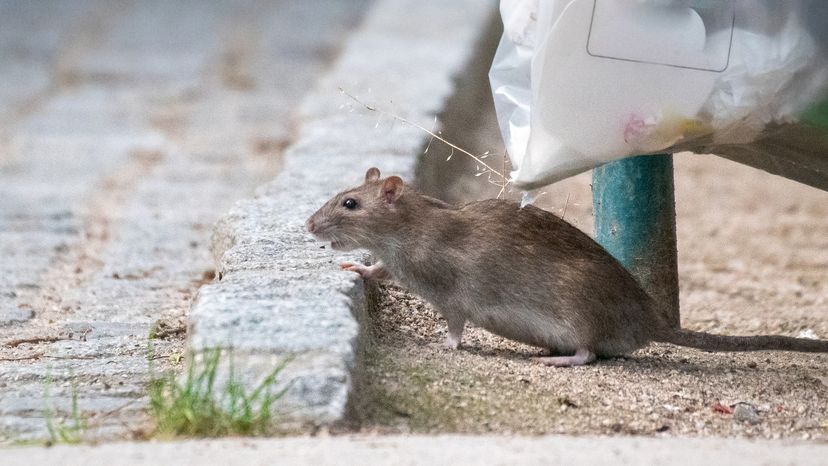At first glance, rats and mice may look the same, but there are a few key differences. Though their size and weight depend on the type of species, rats are the bigger rodent of the two.
Brown rats, or Norway rats, are on the larger side, with their bodies measuring 7 to 10 inches (17.78 to 25.4 centimeters) and their tails adding 5 to 8 inches (12.7 to 20.32 centimeters). A black rat's body and tail are, on average, about 14 inches (35.56 centimeters) long.
A house mouse is smaller, with a body and tail that is about 5.5 to 7.5 inches (13.97 to 19.05 centimeters). It's easier to see the size difference between adult mice and adult rats; a younger rat might be the same size as an adult mouse.
Additionally, mice's ears do not look proportional to the rest of their body, but rats' do. Mice also have more triangular snouts, whereas the rats' are less pointy.
They also share some similarities. Both have long, thin tails, though there isn't hair on rat tails and there is on a mouse's. They can also be of similar colors, including gray, white and brown.
